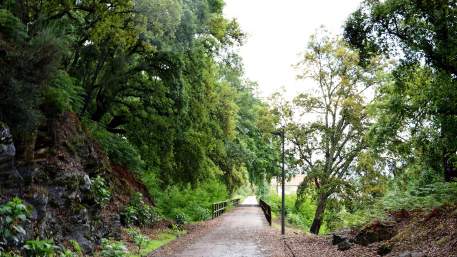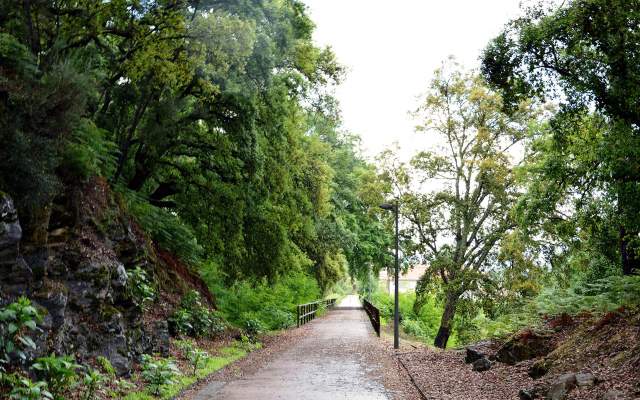Cofinanced by:

Find other trails from your selection here
Cabeceiras de Basto
Ecopista do Tâmega / Walking
The last five kilometres of the ecotrail, with a surface that is still in good condition, allow entry into the upper portion of Terras de Basto, for this reason called Cabeceiras (headlands) – a little Minho, a challenging and fertile land, where the gentle slopes of the hills give way to the impressive mountain barriers of the Cabreira Mountains. The Tâmega Ecotrail ends there, next to the village of Arco de Baúlhe, at the old station by the same name, now a pole for the Terras de Basto Museum and the Portuguese Railway Museum, which has a valuable collection.
Types

FeedBack
Your opinion is important. Please rate your experience.
Programmes
View MoreClose
Search results for:
0 results
No results were found matching your search. We suggest changing the filters used.

View More




